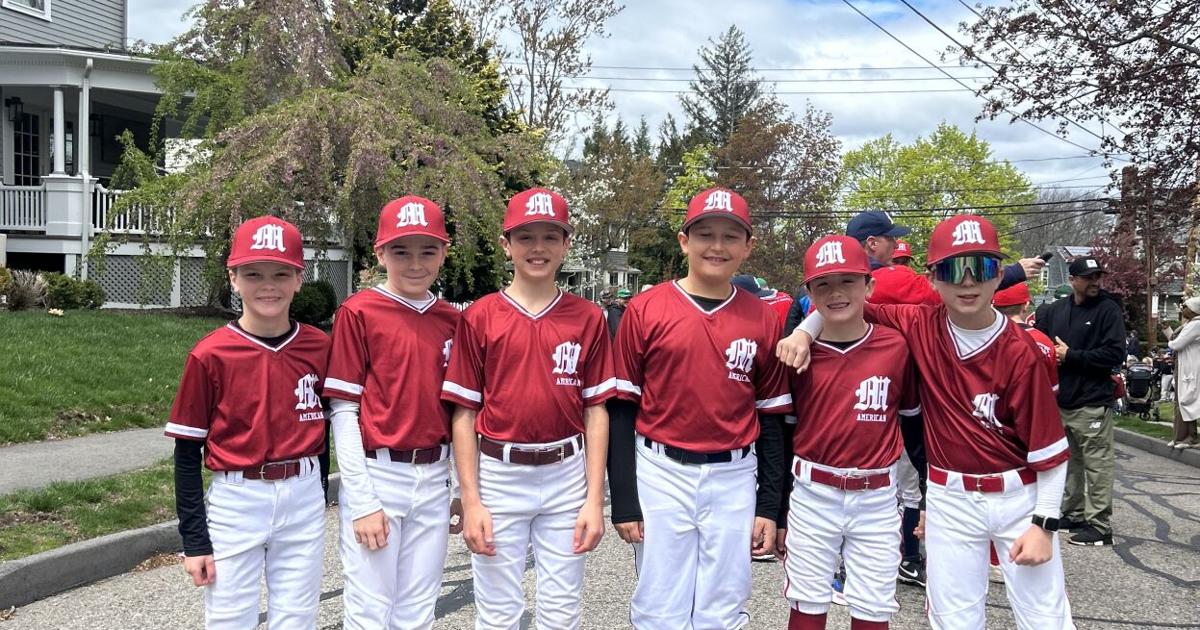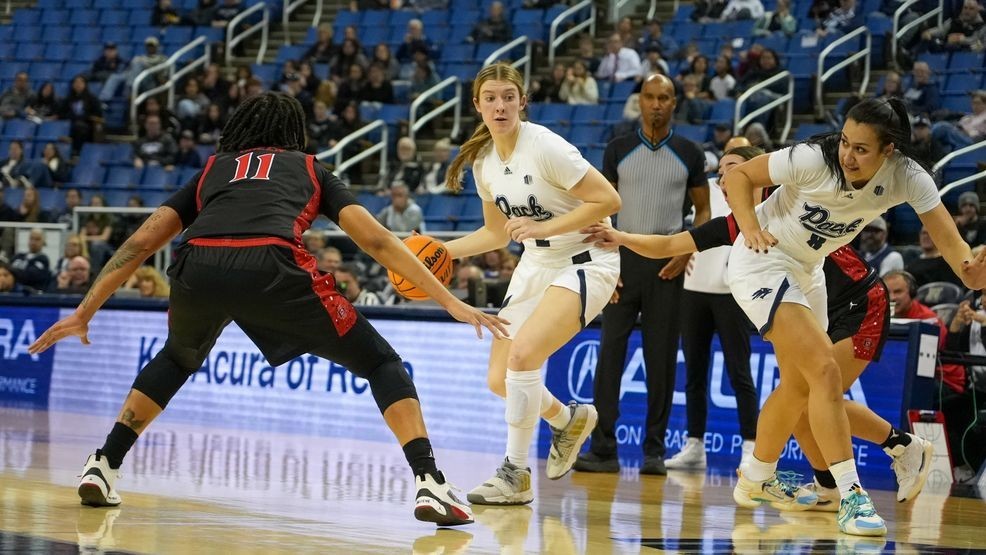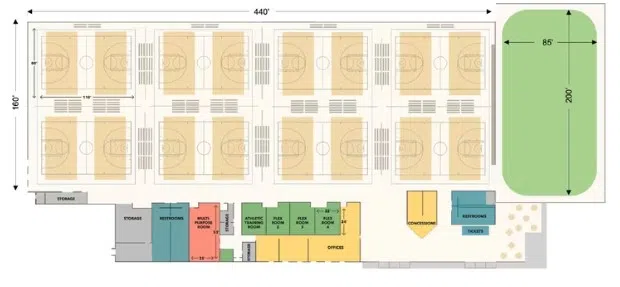I assume it’s just the acidic mix of sweat and cheap hair gel streaming down my forehead that stings my eyes. But it’s teenage heartbreak playing out at center ice. My anger feels tangible. Rage knots in my throat as I wait in the postgame handshake line. Yet when I finally grip the hand of my hockey opponent, whose elbow popped my jaw, something shifts and my thirst for vengeance ebbs.
In his eyes, I can see a kid like me, with homework to get to.
Those memories of emotional strain, decades ago, stand in contrast to the curated, frictionless experiences that I worry define so much of boys’ lives today. In an era of AI, video games, cheap dopamine, solitude, porn, sports betting and fantasy sports, the frictions of youth sports feel more urgent. On the ice, field, or court, you can’t scroll away from an elbow or a benching; you can’t summon talent with a sharper ChatGPT prompt; you can’t order grit online; you can’t deny the limits of your genetics or preparation.
Striving to win, alongside other boys on a shared mission, remains a dopamine high hard to attain elsewhere. And even though losing a meaningful game, injuries, and toxic competitiveness all hurt, these experiences are processed and spread across a team instead of being stomached alone.
Beyond physical fitness, youth sports – regardless of the competition level – can be a pathway to identity formation, self-efficacy, bodily awareness, and tempering emotional highs and lows that boys need. Sports — with the mandate to move, then move on — should belong to all boys, rich or poor, highly athletic or not. However, youth sports participation has declined among boys over the last decade. Data suggests that while American boys are playing sports at lower rates, girls’ participation remains stable. The downward trend among boys is disheartening, especially as it’s more pronounced among low-income youth, according to a report from the American Institute for Boys and Men (AIBM). Only 25 percent of low-income boys participate in sports, while the overall participation rate for boys is 53 percent.
With boys and young men falling behind in educational achievement and measures of mental health, sports emerge as an valuable domain in which to practice rebounding from setbacks.
Why Are Boys Playing Fewer Sports?
AIBM’s report uses recent data to shed light on why low-income boys may be playing sports less, including:
- Increasing costs
- Academic ineligibility
- Scarcity of coaches
- Less casual play with an increase in sports specialization
- Early sports specialization leading to burnout, injuries, and fewer multisport athletes
- Screen time; 61% of teenage boys play video games daily
- Lingering impact of COVID program closures
- Increase in concussion concerns
Resilience, Learned Relationally
Participation in organized sports is linked to reduced anxiety and depression, and its effect seems to be greater in team sports. For less advantaged youth, research suggests that sports can provide social and emotional benefits.
Resilience is the ability to “weather and recover” from adversity. Organized team sports can be a level playing field where a kid’s effort is rewarded, unlike schools and broken social systems that may be stacked against them. For a fidgety boy on the brink of giving up, bouncing back may best be learned in action, embodied, alongside peers and coaches.
One study found that sports, when combined with supportive relationships, can help kids overcome the harmful effects of abuse, neglect, or growing up around addiction; another demonstrated that teens who play sports tend to have greater self-control, stronger social skills, and higher empathy than those who don’t, especially if they play multiple sports.
The Much-Needed Masculinity of Bouncing Back
An overlooked aspect of masculinity involves the guts to take your shot and then miss (whether it’s getting cut from a team or denied after asking a girl out); to take an “L” like a champ and say, “My bad.”
This is exactly what youth sports can teach at a time when many boys are falling behind. Sports offer an arena in which to calibrate dominance and sensitivity, when to fight or finesse. Today, a boy, shaped by the algorithms he’s fed, may not tune into male leaders who are relatable and emotionally grounded. In their place are wealthy guys or “manfluencers” who don’t own their missteps, accept results, or make concession speeches.
Not backing down, hinting at conspiracy, crying foul, and willful denial are confessions of insecurity made with bravado. But a real team doesn’t pretend you won when the scoreboard says otherwise. That lesson deepens when boys watch grown, professional athletes, after a long run in the playoffs, line up to shake hands, battered but still embracing their opponents. From this, they absorb a masculinity rooted in resilience, accountability, and grace. A boy recognizes: I, too, can strive hard and accept loss.
Sport and Competition Essential Reads
From the Field to Real Life
Does sports participation lead to resilience, or are resilient kids more likely to participate in sports? Data indicates it runs both ways. Some studies find that resilience gained in playing sports can transfer to resilience in other parts of life, but only with deliberate reflection and meaning-making. Research suggests resilience is a dynamic process rather than a static trait, meaning that it evolves and changes over time, depending on the situation.
Perhaps boys can better learn to bounce back with the help of male teachers and/or coaches who place losing and winning in context, and who model emotional intelligence with skillful communication (rather than barking orders). Communities could invest more in free weekend leagues staffed by volunteer coaches to help organize athletic competition without financial barriers.
The current trend of specialization in youth sports is worrying. It’s important to reduce youth sports costs through lower fees and to expand casual, non-competitive play options as well. Just as income ought not impact access to sports, neither should athleticism.
Let’s create opportunities for boys to fall and get back up, not just on playing fields but relational ones, where humility and community can take root.


















 Reacting to LA’s EARLY playoff exit … is JJ Redick to blame?!
Reacting to LA’s EARLY playoff exit … is JJ Redick to blame?!  | First Take
| First Take










































 | Pt. 1
| Pt. 1
